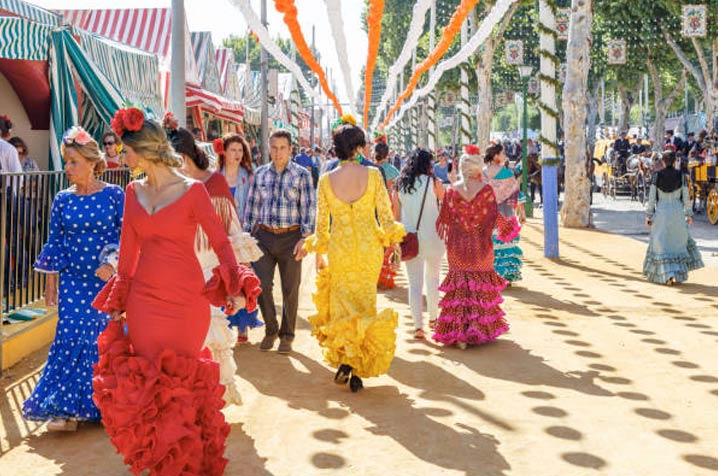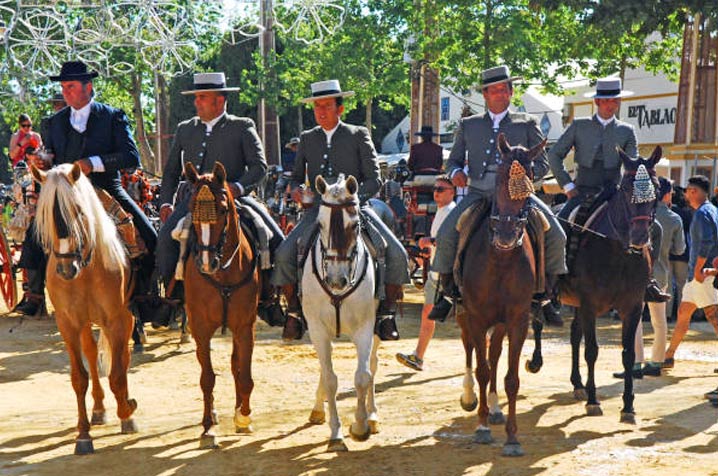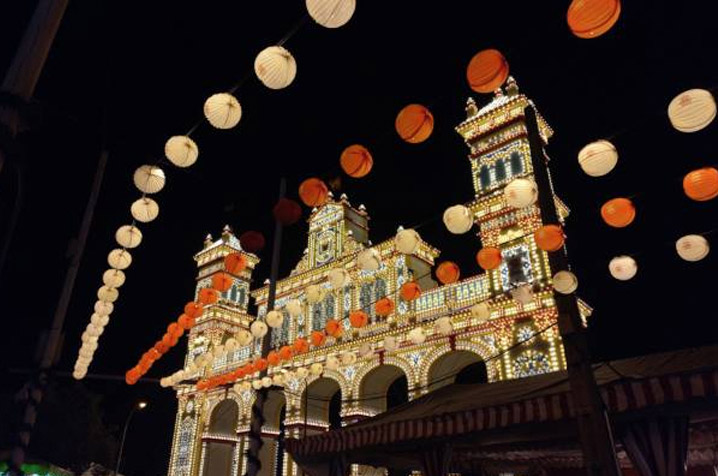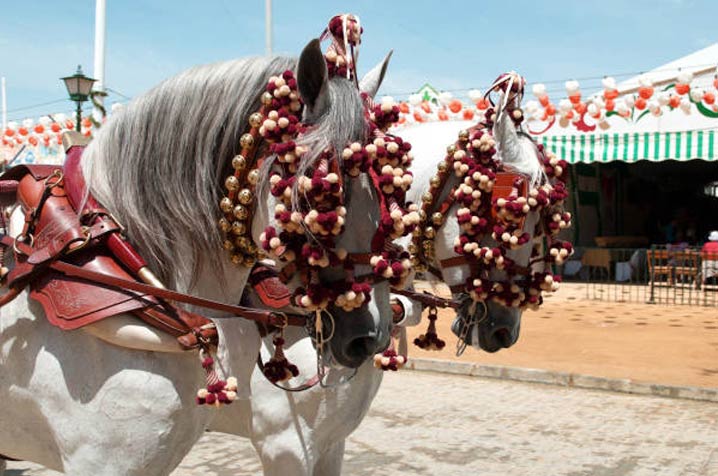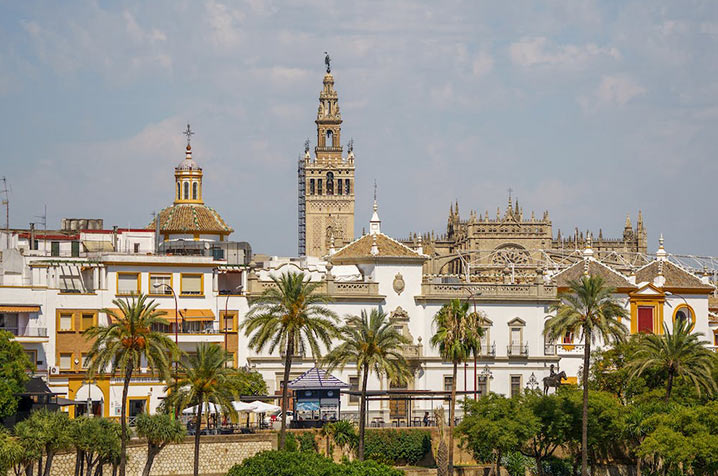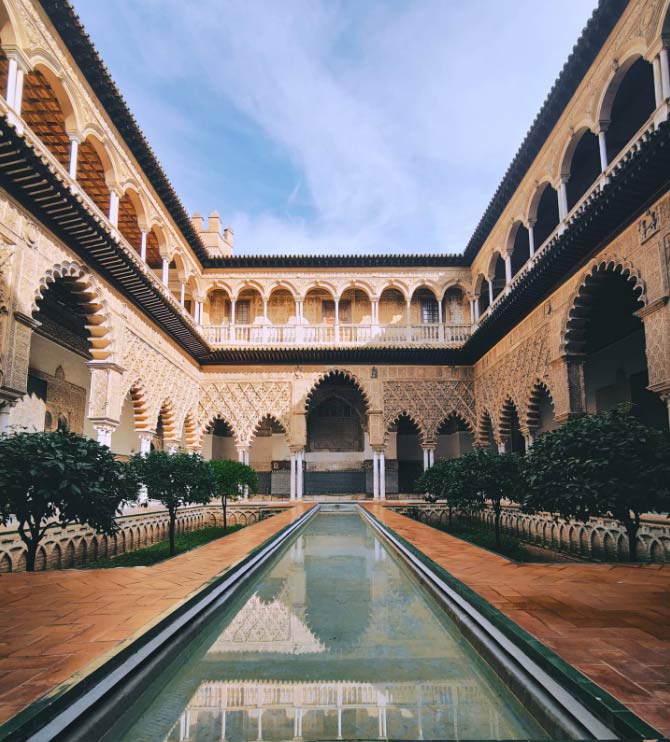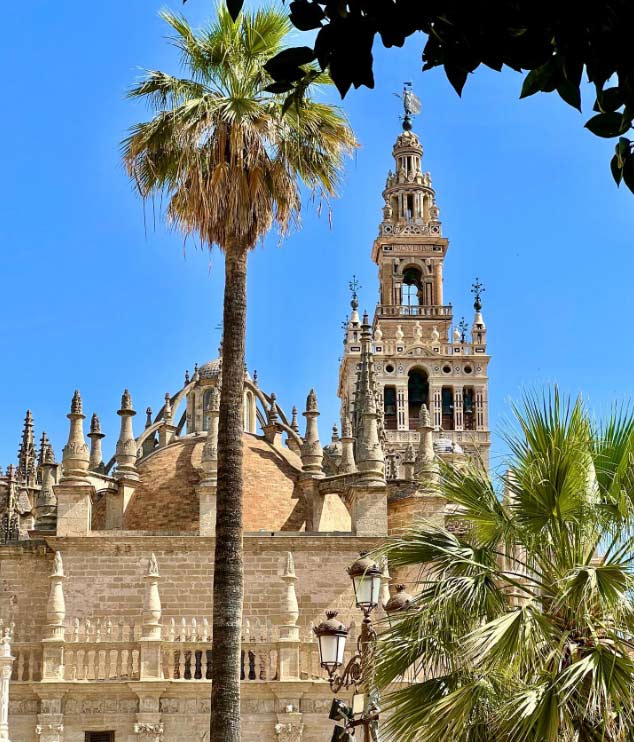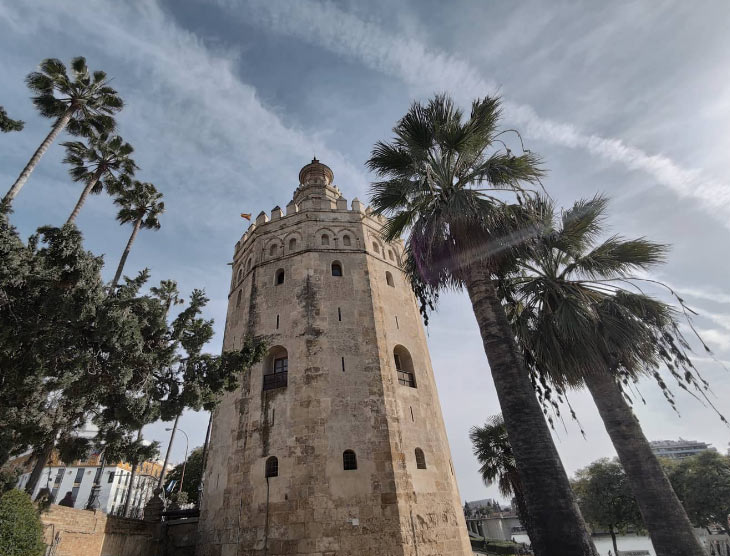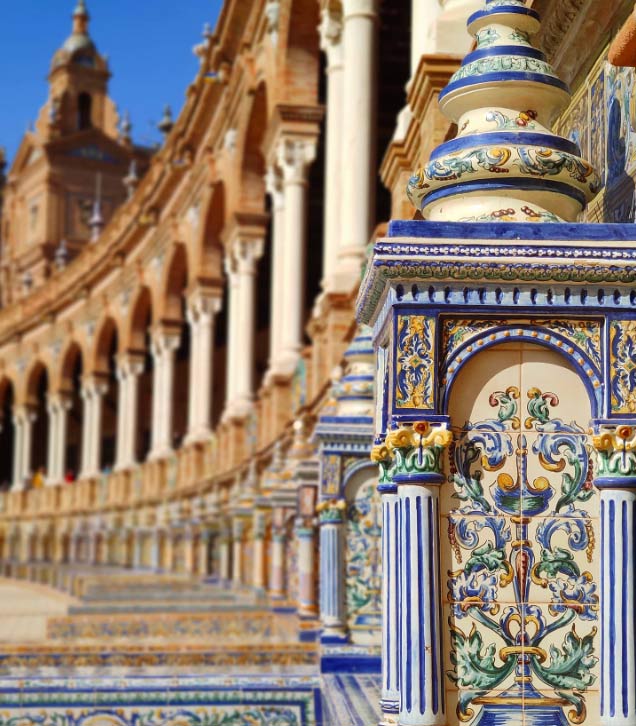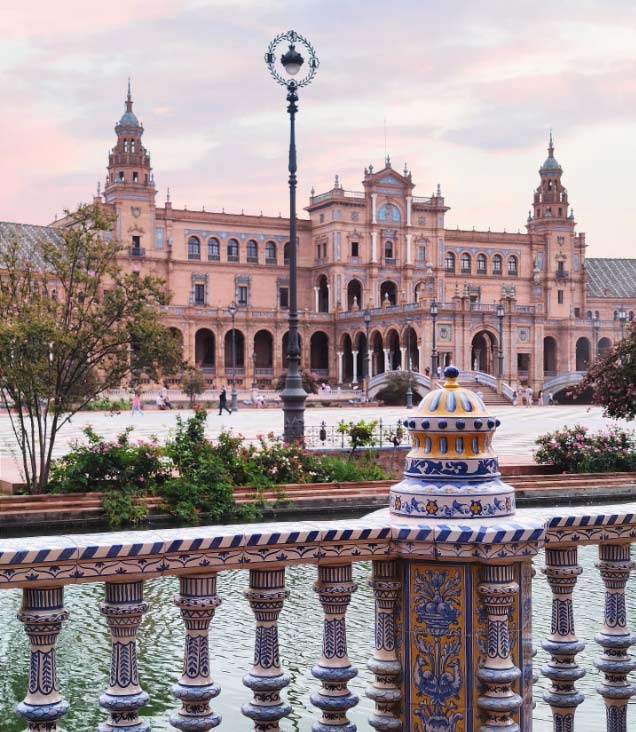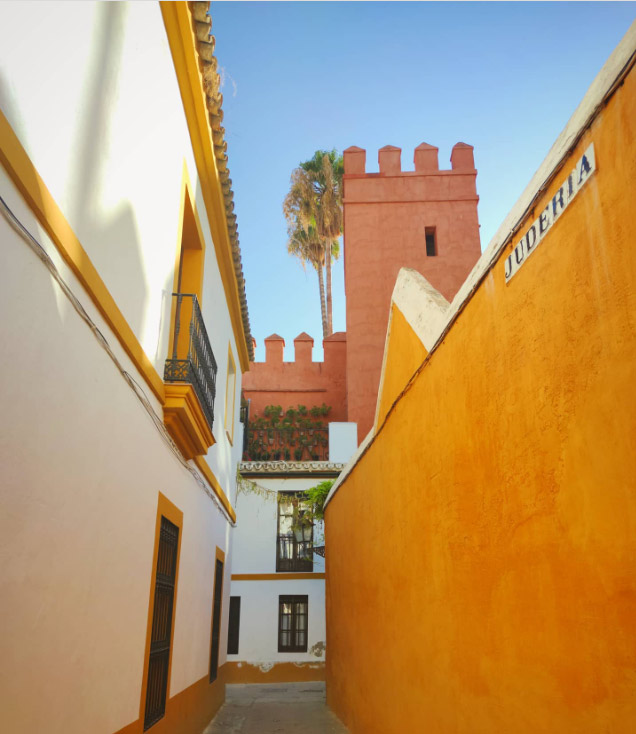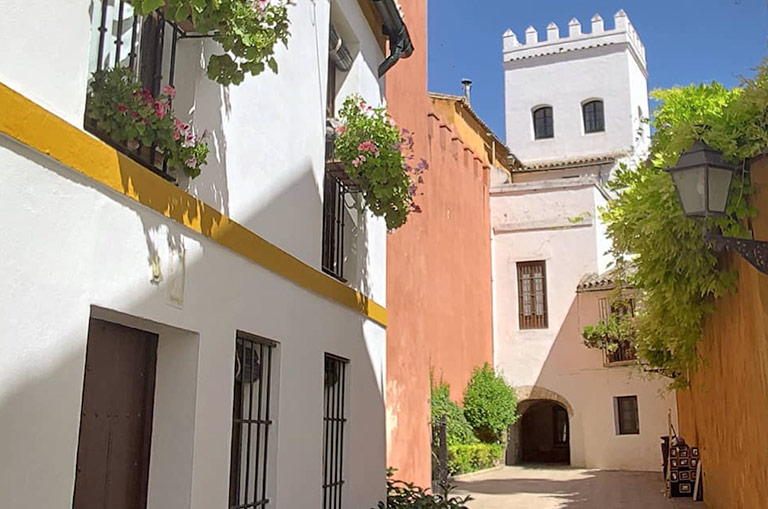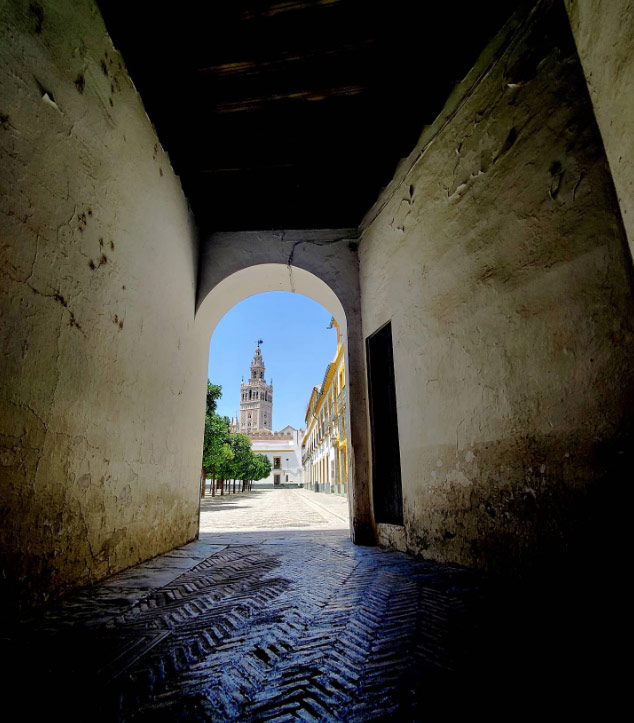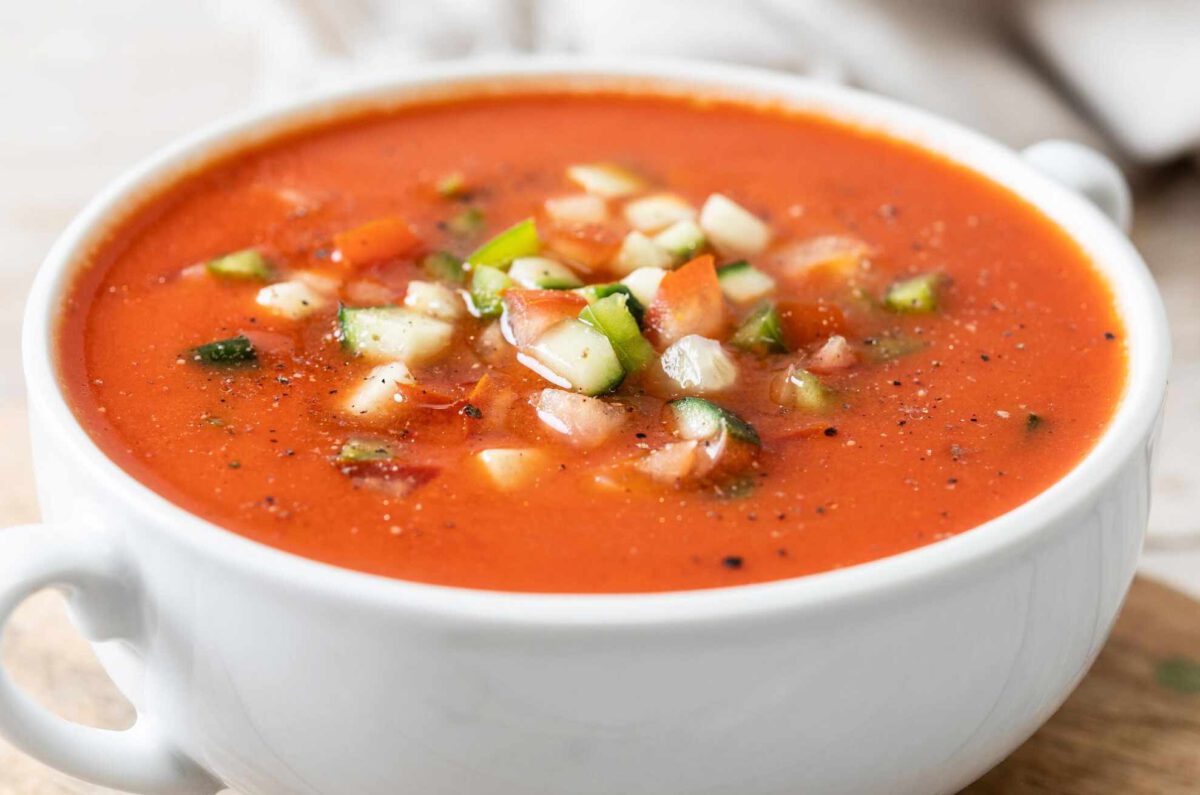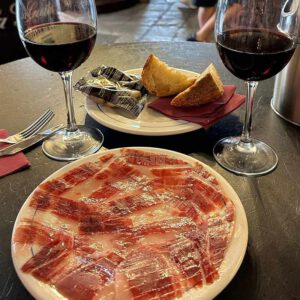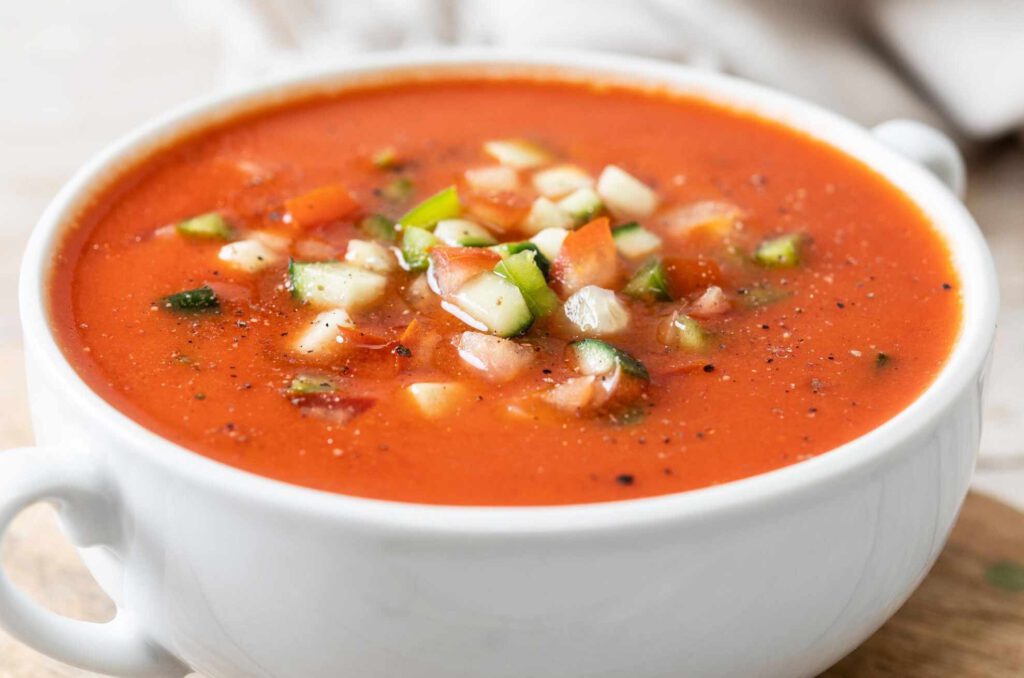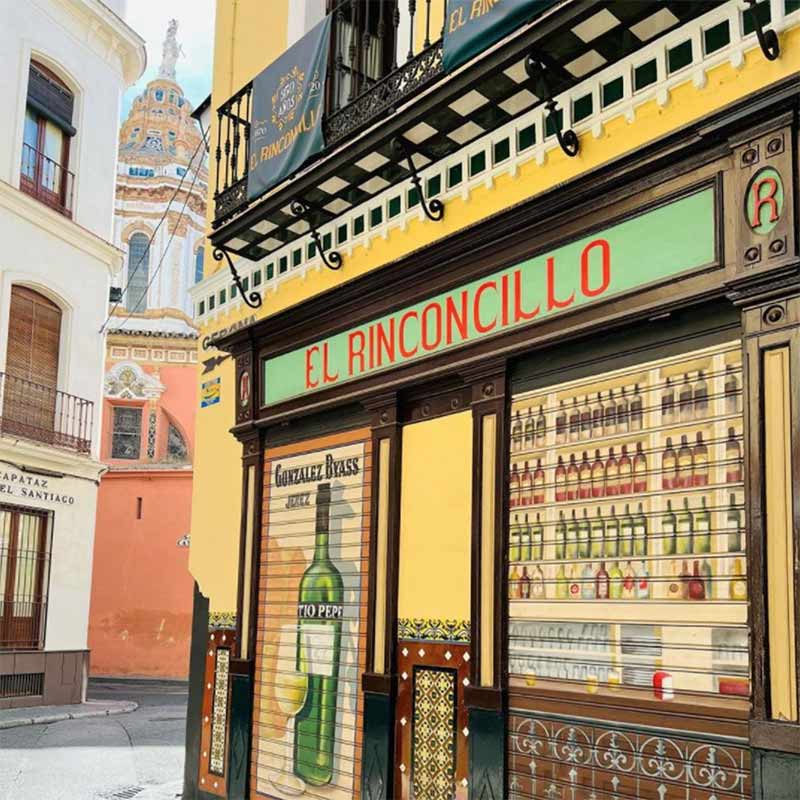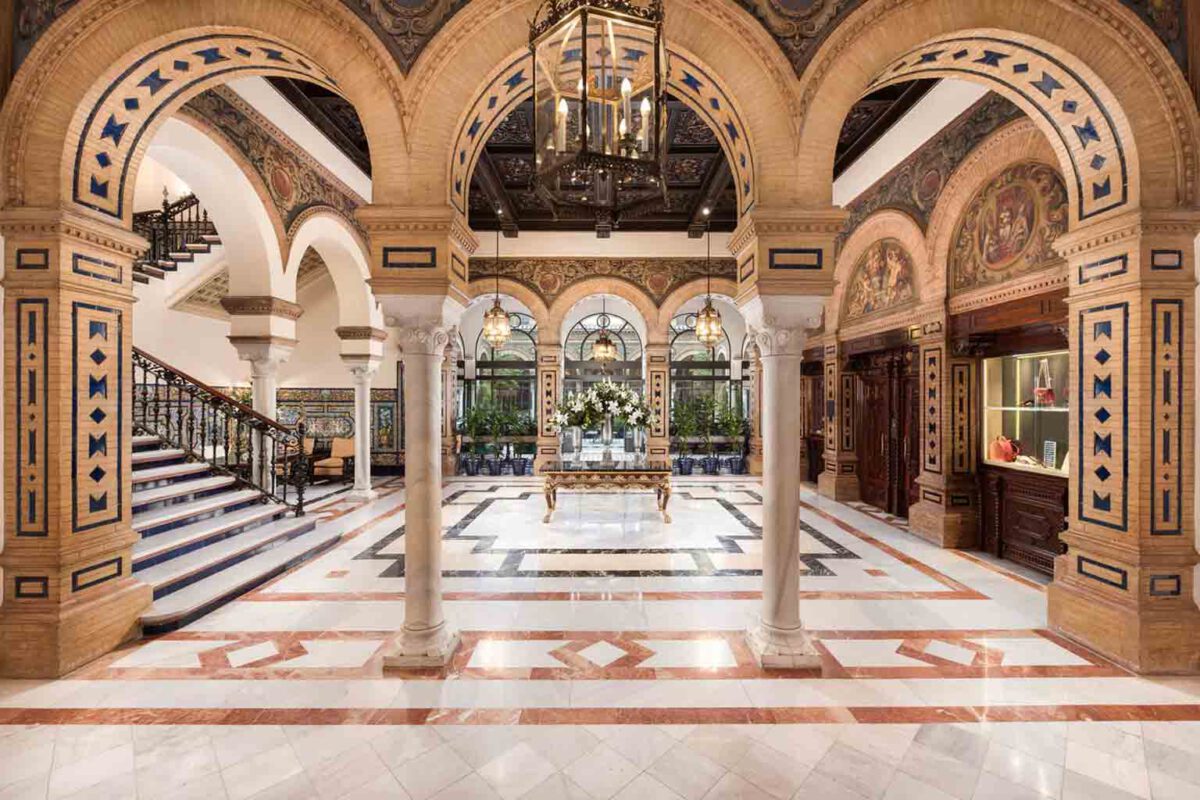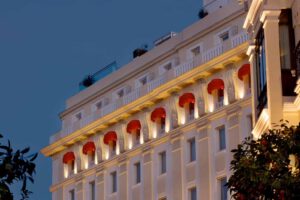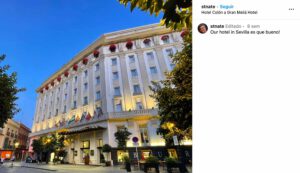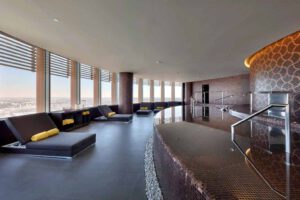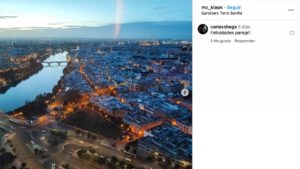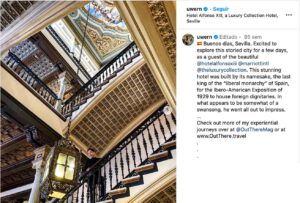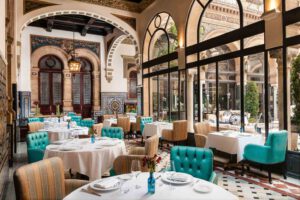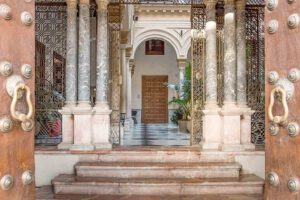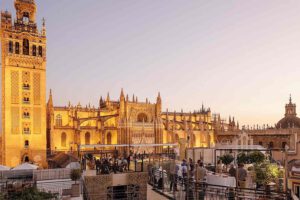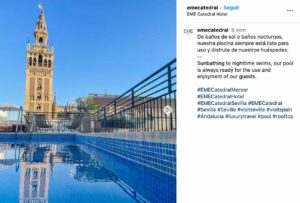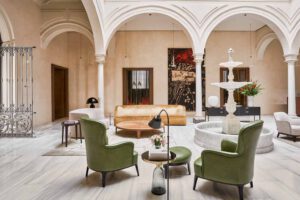Seville July weather
While Seville is a fantastic destination year-round, visiting in July offers a unique experience shaped by its distinct weather. This guide will help tourists understand Seville’s July weather, plan their itinerary accordingly, and make the most of their summer visit.
Seville July weather
As one of the hottest cities in Europe, Seville’s weather in July can be intense, yet it offers a unique charm that captivates visitors. Understanding the intricacies of Seville July weather is essential for planning an unforgettable trip. This article of Seville Unique Experiences delves into everything you need to know about Seville’s July climate, providing tips and insights to help you make the most of your summer adventure in this andalusian city.
Is Seville too hot in July?
How hot is Seville in July? July in Seville is synonymous with heat. Average daytime temperatures hover around 36°C (97°F), often soaring to 40°C (104°F) or higher during heatwaves. Nighttime offers some relief, with temperatures dropping to around 20°C (68°F). The intense heat can be challenging for those unaccustomed to such high temperatures, so preparation is key.
Seville experiences abundant sunshine in July, with clear skies and an average of 11 hours of sunlight per day. This extended daylight provides ample opportunity to explore the city, though it’s advisable to avoid the midday sun when temperatures are at their peak.
Rain is a rare occurrence in Seville during July. The city averages only about 1-2 days of rainfall, if any, with total precipitation typically below 10mm. Tourists can expect dry and sunny weather for the majority of their stay.
Despite the high temperatures, Seville’s low humidity levels, averaging around 40-50%, make the heat more bearable. However, it’s still important to stay hydrated and take necessary precautions to protect against the sun.
Tips for visiting the city on summer
- Stay hydrated: Carry a refillable water bottle and drink plenty of fluids throughout the day. Public fountains around the city offer fresh drinking water.
- Use sun protection: Apply sunscreen with a high SPF, wear a wide-brimmed hat, and use sunglasses to protect yourself from the strong sun.
- Plan indoor activities: During the peak heat hours, plan to visit indoor attractions such as museums, galleries, or shopping centers.
- Utilize public transportation: Seville’s public transportation system is efficient and air-conditioned. Use the metro, buses, and trams to get around the city comfortably.
What to wear in Seville in July?
Lightweight, breathable clothing is essential for coping with Seville’s July heat. Opt for loose-fitting garments made from natural fibers like cotton or linen. Wide-brimmed hats, sunglasses, and sunscreen with high SPF are must-haves to protect against the strong sun.
Choose light-colored clothing to reflect the sun’s rays rather than absorbing them. Whites, pastels, and light neutrals are ideal choices for keeping cool.
Comfortable walking shoes are also important, as exploring the city often involves a fair amount of walking.
By following these tips, you can dress comfortably and stylishly while staying cool and protected in the hot July weather of Seville. This way, you’ll be ready to explore the city’s vibrant culture and stunning sights without being hindered by the heat.
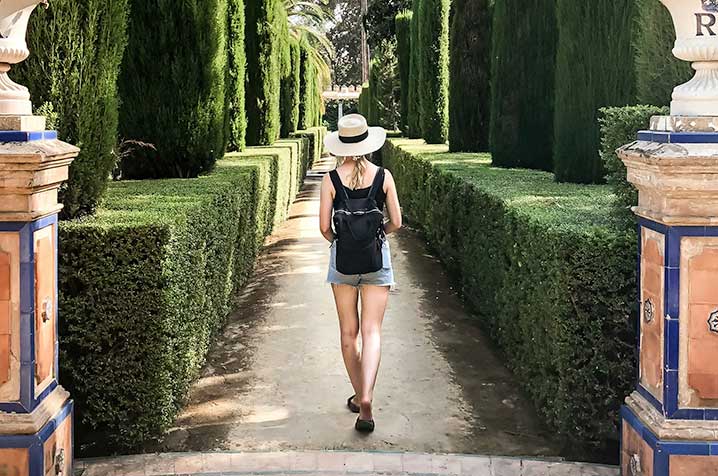
What to do in Seville in July?
- The Alcazar of Seville: This stunning palace, with its intricate Moorish architecture and lush gardens, is a must-visit. Arrive early to beat the crowds and the heat. The shaded gardens and cool interiors provide a welcome respite from the sun.
- Seville Cathedral and La Giralda: The largest Gothic cathedral in the world, Seville Cathedral, and its iconic bell tower, La Giralda, are essential stops. Climbing La Giralda offers panoramic views of the city, and the cooler morning hours are the best time for this activity.
- Plaza de España: This grandiose plaza, with its beautiful tiled alcoves and sweeping architecture, is best visited in the early morning or late evening. The adjacent Maria Luisa Park offers shaded paths and fountains, ideal for a leisurely stroll.
- Flamenco shows: Seville is the birthplace of flamenco, and attending a flamenco show is a quintessential experience. Many venues offer evening performances, allowing you to enjoy this passionate art form in a cooler, more comfortable setting.


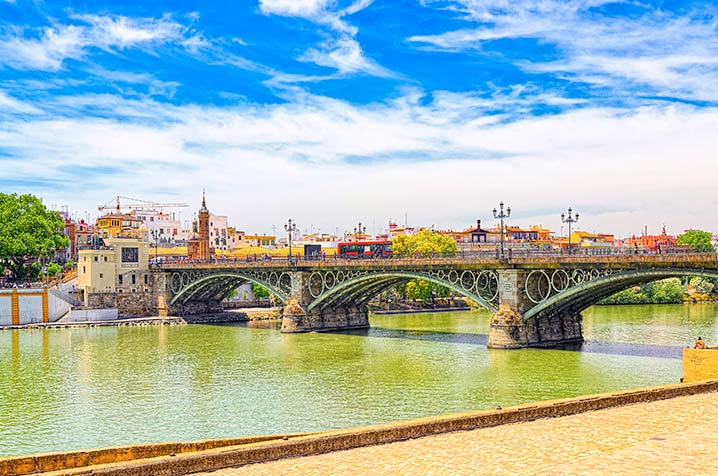
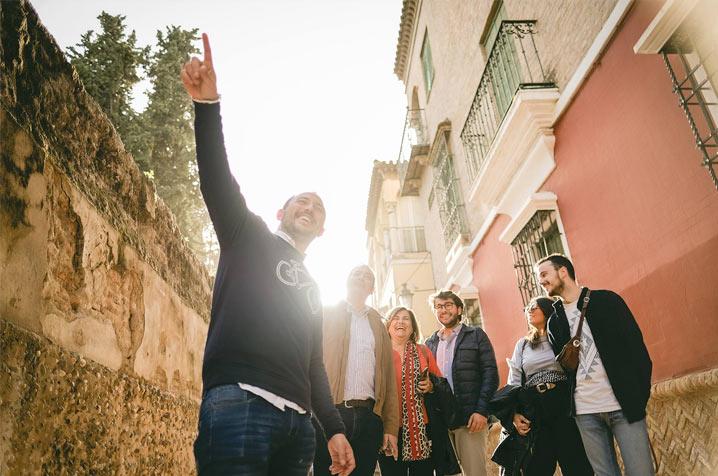


 s
s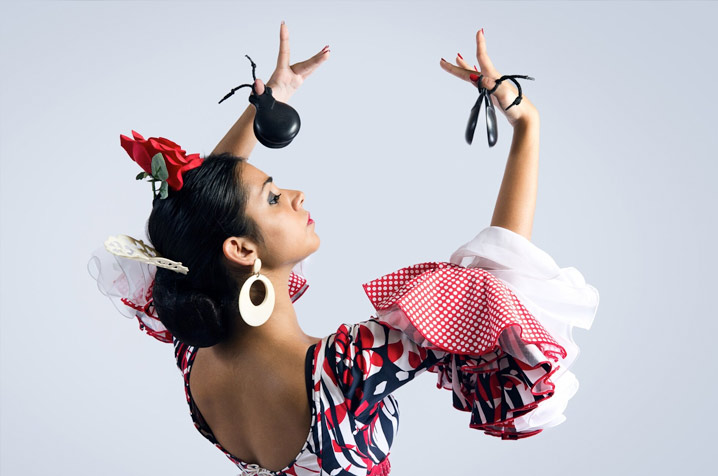

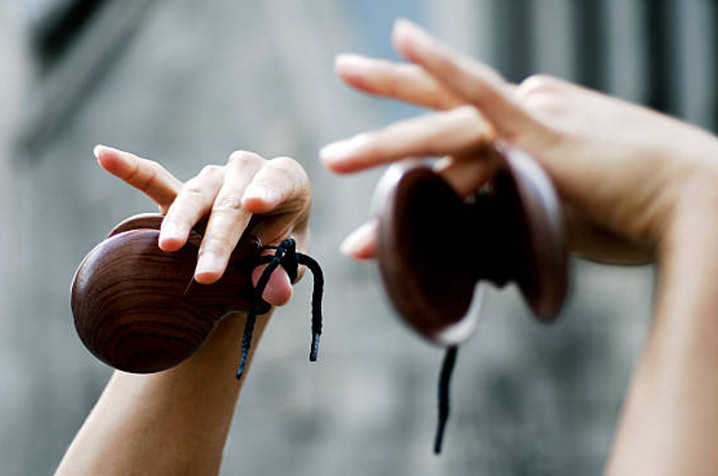
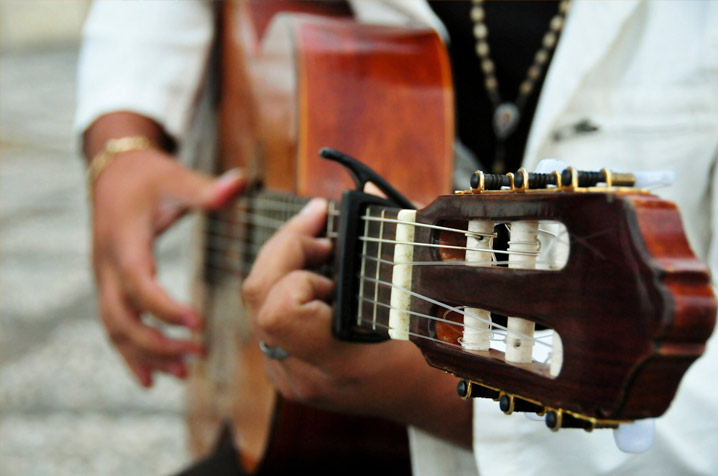
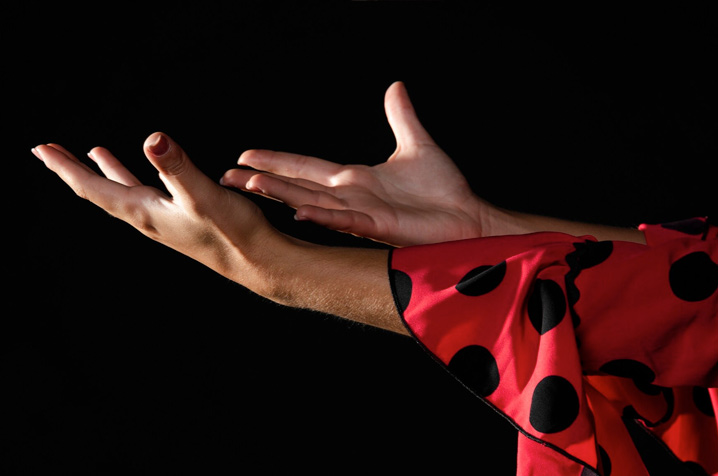
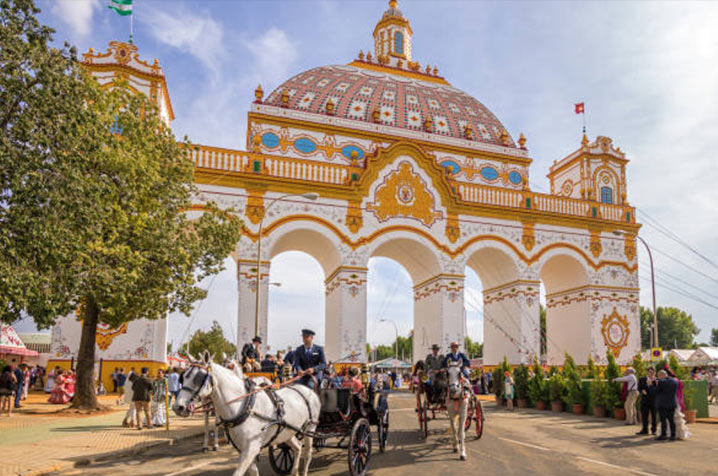
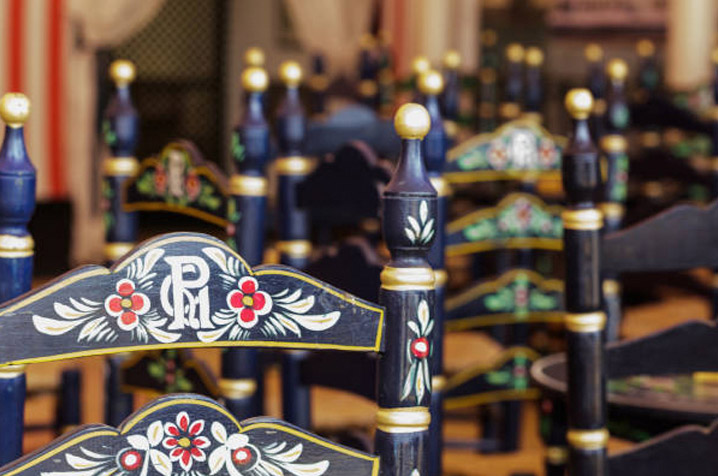 One of the defining features of the casetas is their exclusivity. While some casetas are open to the
One of the defining features of the casetas is their exclusivity. While some casetas are open to the 